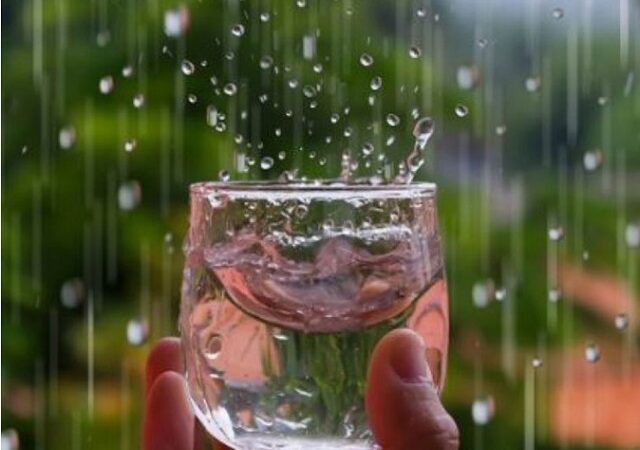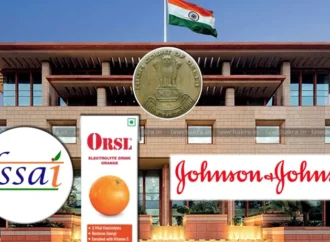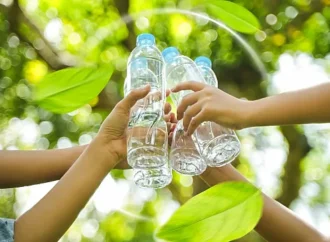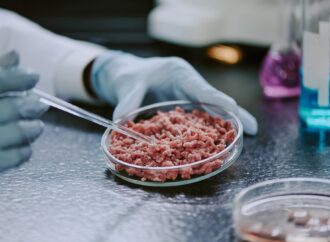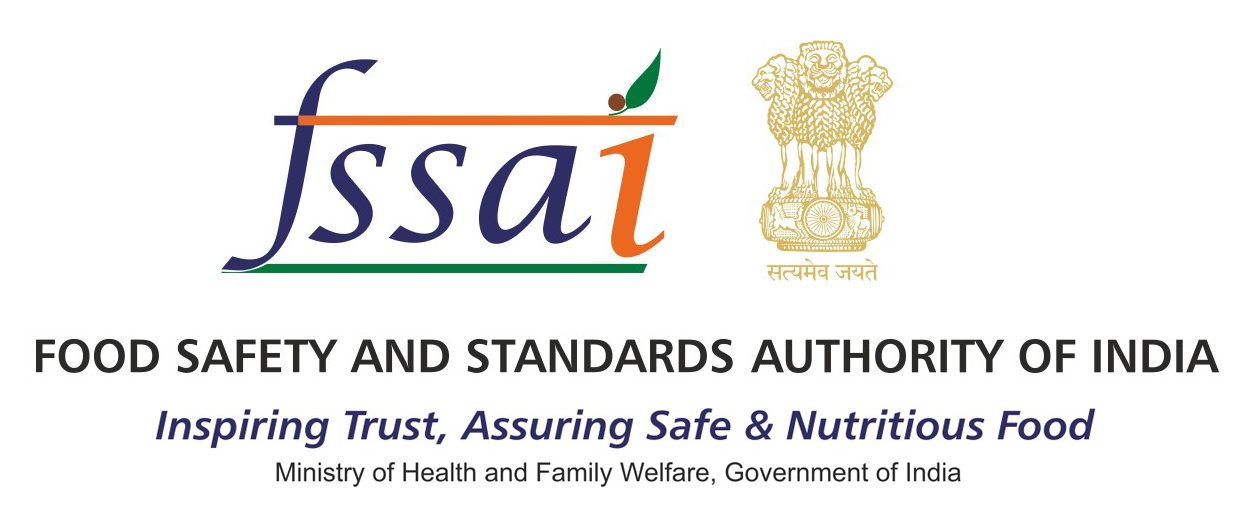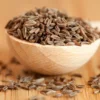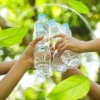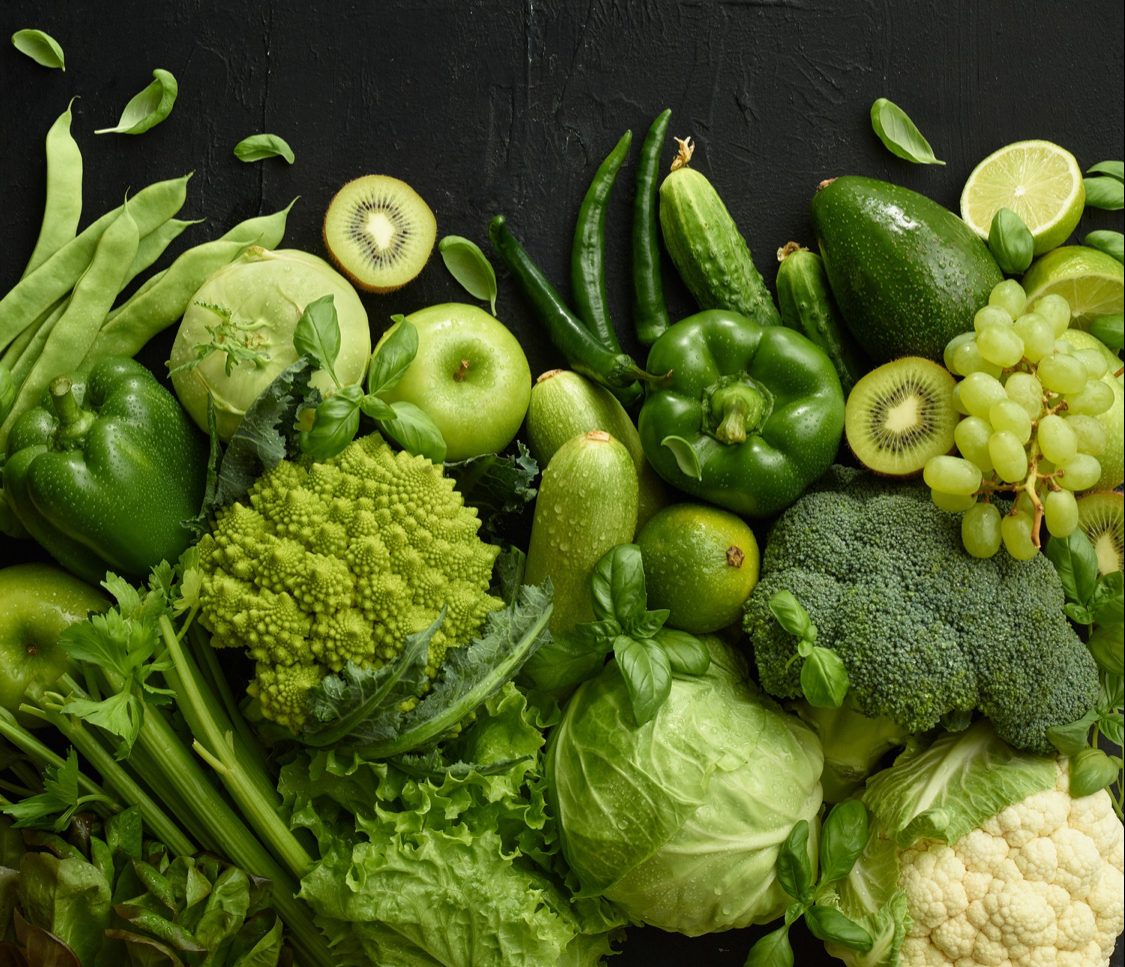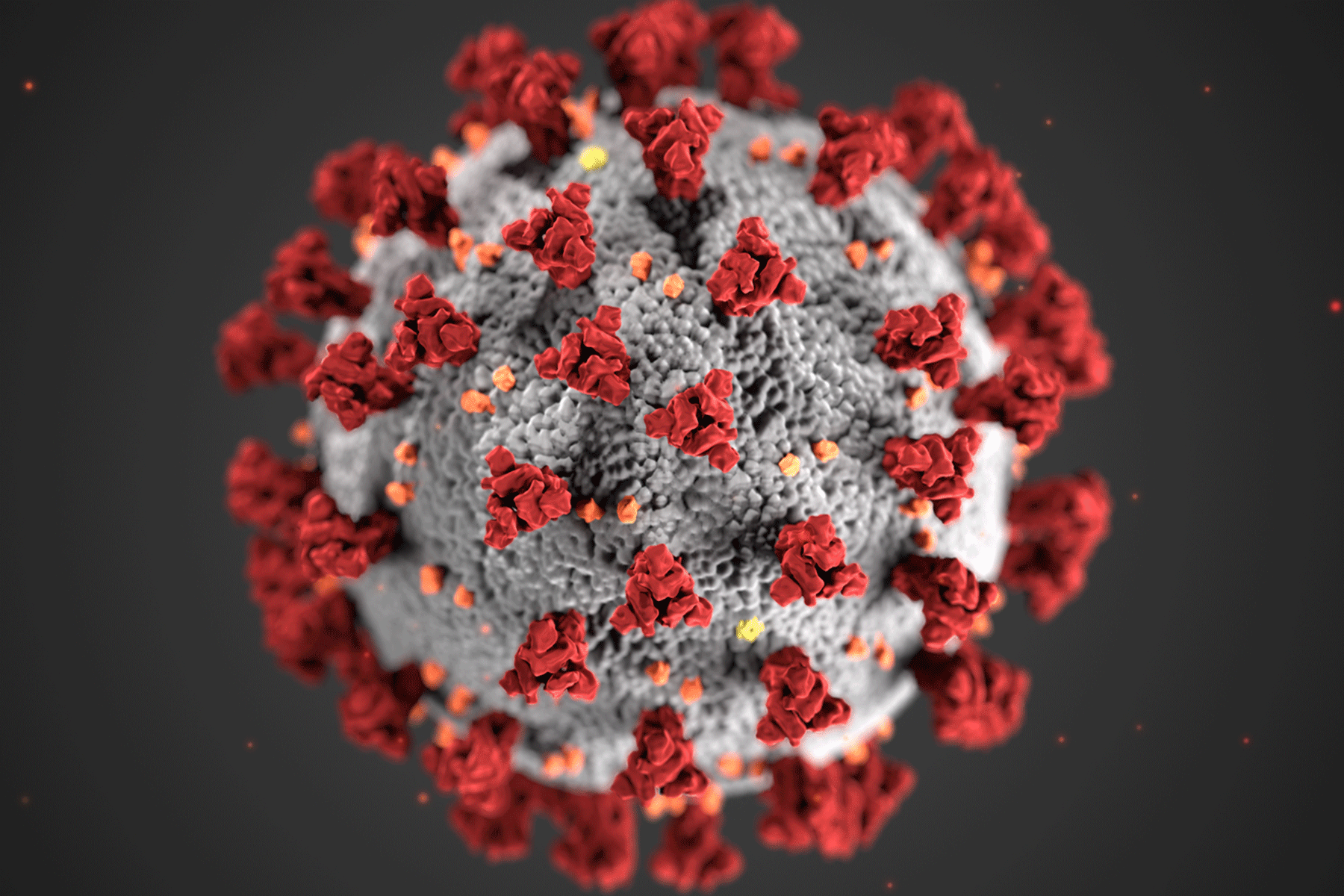Report
As the monsoon arrives across India, people actively collect, store, or enjoy the rain. In the past, rain felt pure and refreshing. But scientists now warn that rainwater no longer stays as clean as it appears. It picks up dust, ash, and heavy metals from rooftops. More concerning, it also carries invisible “forever chemicals” that contaminate rainfall worldwide, even in the most remote regions.
PFAS: The Persistent Threat
Dr. Ian Cousins of Stockholm University explains that PFAS (per- and polyfluoroalkyl substances) are synthetic chemicals used in firefighting foams, non-stick cookware, food packaging, and water-repellent fabrics. These substances earned the name “forever chemicals” because they do not break down naturally and stay in the environment for generations. In a global study, Dr. Cousins and fellow researchers — Dr. Bo Sha, Dr. Jana H. Johansson, Dr. Martin Scheringer, and Dr. Matthew Salter — detected PFAS in rainwater from the Tibetan Plateau to Antarctica. Their results show that rainwater worldwide now contains PFAS levels that exceed safety standards set by the US Environmental Protection Agency (EPA).
Health Risks You Should Know
Researchers have thoroughly studied four PFAS compounds — PFOS, PFOA, PFHxS, and PFNA — and linked them to thyroid disease, liver enlargement, high cholesterol, immune suppression, pregnancy complications, and certain cancers. They also warn that these chemicals can reduce vaccine effectiveness in children, which led the EPA to sharply lower its recommended PFAS limits for drinking water. PFAS levels in the environment have not increased recently, but their extreme stability keeps them above health advisory limits since the early 2000s, and they will likely stay that way for decades.
Can You Still Drink Rainwater?
When asked if rainwater is safe to drink, Dr. Cousins and his colleagues advise caution. They point out that extremely low PFAS levels might not cause immediate harm but could pose risks over time. Health advisories use a precautionary principle to protect people from worst-case exposure. Filtration systems can remove PFAS, but most people who collect rainwater do not use them. Experts recommend using filtered or regulated drinking water this monsoon and treating rainwater before consuming it.
Bottom Line: Better Safe Than Sorry
The monsoon still brings joy and nostalgia, but experts say rainwater is no longer reliably safe to drink straight from the sky. Even rain in untouched regions can carry invisible chemical residues that build up in our bodies over time. To protect your health, use filtered or regulated water for drinking — it’s better to be safe than sorry.
Source: The Times of India
 Food Manifest
Food Manifest 